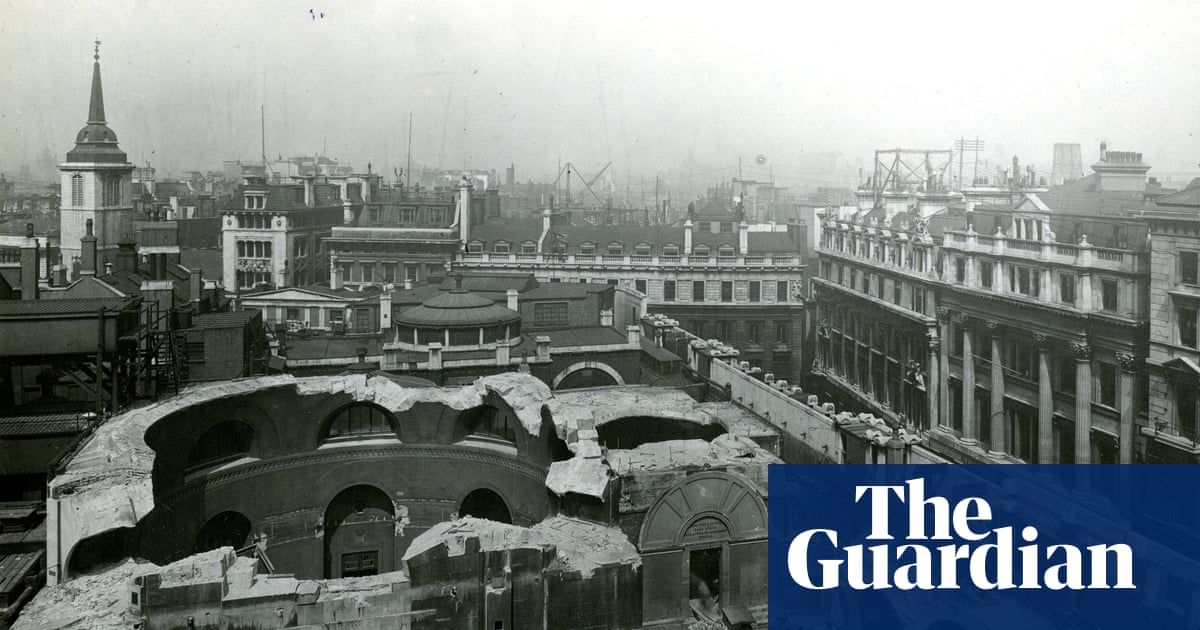
"Today, little exists of Soane's much-loved building; the only part still in situ is the immense curtain wall that curves around the building. But a new exhibition, Building the Bank 100 Years On, at the Bank of England Museum, offers a window into the lost architectural splendours as the post-world war one Bank outgrew its buildings, and its rebirth as the equally impressive replacement by Sir Herbert Baker began to spring up in its place 100 years ago."
"Unpublished black-and-white images by the architectural photographer Francis Yerbury (1885-1970) show workers amid the rubble and exposed bricks, a decorative caryatid statue dangling beneath a great glass dome and the Bank's new steel frame emerging above the city streets."
"In 1788 the Bank appointed Sir John Soane as architect and surveyor. His redesign, which he continued until 1833, resulted in arguably his greatest work, the pride and boast of his life. And so it remained, a beloved neo-classical masterpiece, until the 1920s."
John Soane redesigned the Bank of England from 1788 to 1833, creating a celebrated neo-classical masterpiece that anchored the City. Much of Soane's building was demolished in the 1920s-1930s as the post-WWI Bank outgrew its premises, leaving only the immense curtain wall. Expansion earlier removed the neighbouring church of St Christopher le Stocks after the 1780 Gordon riots. Sir Herbert Baker began replacing the old structure with an equally impressive building around 100 years ago. Unpublished black-and-white photographs by Francis Yerbury document workers amid rubble, dangling caryatids, and the emerging steel frame, now featured in a museum exhibition.
Read at www.theguardian.com
Unable to calculate read time
Collection
[
|
...
]